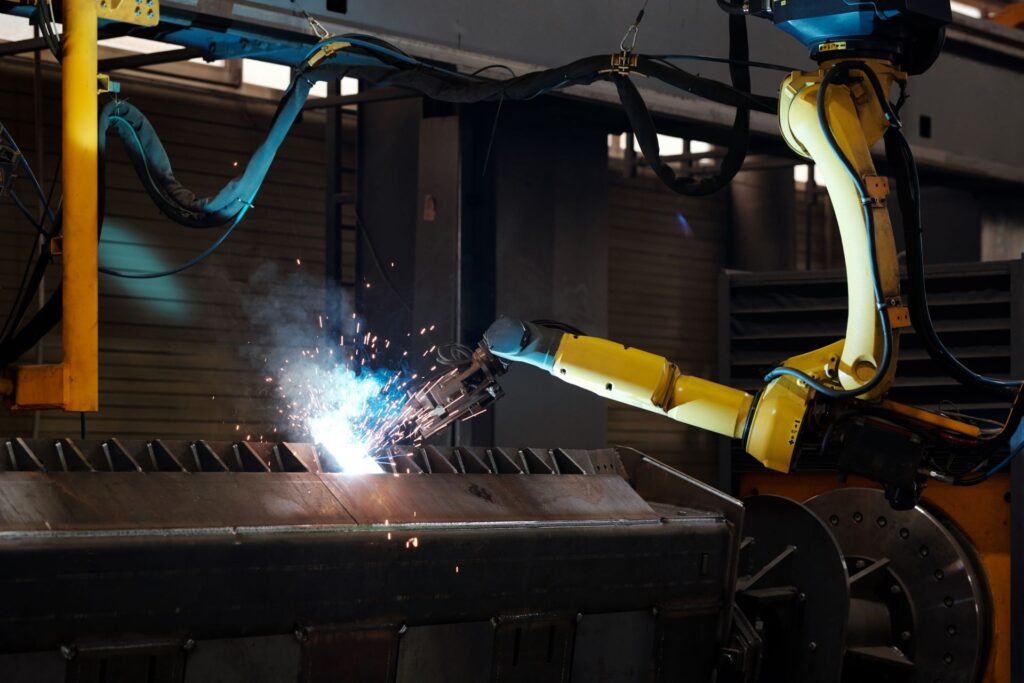
La robotic welding it is a type of welding that is carried out through the use of robotic systems capable of performing all different types of welding - MIG, MAG, TIG, laser, resistance, concentrated energy, etc.
for metalworking companies they want increase productivity corporate e cope as best as possible la competition global, invest in welding robots it can actually turn out advantageous, especially when repetitive welding is necessary or the aim is to reduce the production of waste material.
Robotic welding therefore represents a notable advancement in the field of mechanical processing, as the use of robotic systems allows for the reduction of errors during the processing phase and generally involves fewer risks compared to manual welding.
However,, welding robots require significant investments, and for companies that produce limited quantities of products to be welded, it may be more advantageous to maintain the manual welding department rather than investing in robotic welding systems. This because on small projects themanual operator is definitely faster and flexible compared to the robotic system.
Although the metalworking industry looks with interest at the automation of manufacturing processes and welding processes, it is also true that a manual operator has greater operational flexibility compared to a robotic island.
This means that in the case of projects with a low degree of repeatability, the presence of the operator will still be necessary. Furthermore, the installation of welding robots involves an important initial investment, as does their possible maintenance.
Therefore, a combined strategy that is intact manual welding than that robotic, can represent the more balanced choice for balance any limitations of the operator or system and, at the same time, bring optimal machining results and sustainable in the long run.
You may also be interested in: Improving process management to maintain a good profit: advice for the metalworking company >